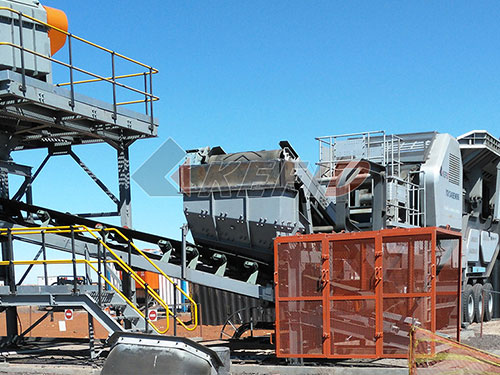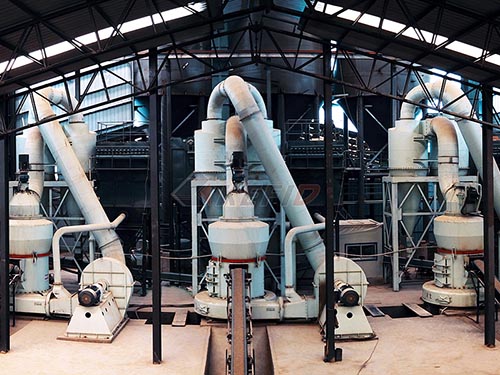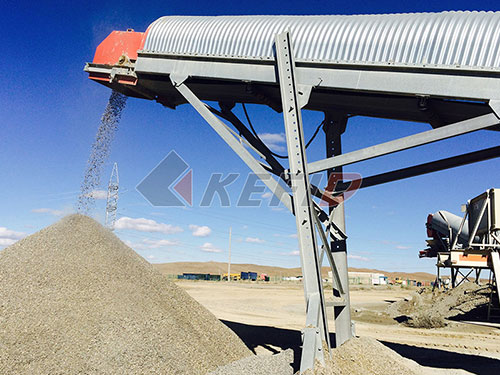The Essential Guide to Stone Crusher Machines: Types, Applications, and Innovations
Stone crusher machines are indispensable tools in modern construction, mining, and infrastructure development. Designed to break down large rocks into smaller, manageable aggregates, these machines play a pivotal role in producing materials for roads, buildings, and industrial projects. This article explores the mechanics of stone crushers, their diverse applications, and emerging trends shaping the industry.
How Stone Crushers Work: Breaking Down the Basics
At their core, stone crushers apply mechanical force to reduce the size of rocks through compression, impact, or attrition. The process typically involves three stages:
1. Primary Crushing: Large rocks are fed into the machine via vibrating feeders and crushed by jaw crushers or gyratory crushers.
2. Secondary Crushing: Cone crushers or impact crushers further refine the material.
3. Tertiary Crushing: Vertical shaft impactors (VSIs) or fine cone crushers produce uniformly shaped end products.
Modern crushers incorporate advanced technologies like hydraulic adjustment systems and automated controls to optimize output size and efficiency.

Types of Stone Crusher Machines
1. Jaw Crushers
– Ideal for primary crushing of hard materials like granite.
– Features a fixed plate and a moving jaw that generates compressive force.
– Output: 5–20 mm to 150–300 mm.
2. Cone Crushers
– Suited for secondary/tertiary crushing in mining operations.
– Uses a rotating mantle within a concave bowl for precision sizing.
– High efficiency but requires skilled maintenance.
3. Impact Crushers (Horizontal/Vertical Shaft)
– Perfect for softer materials like limestone through high-speed impact.
– Produces cubical aggregates ideal for concrete production.
4. Mobile Crushers

– Track-mounted units enable on-site crushing in remote locations.
– Combine jaw, cone, or impact crushers with screening systems.
Industrial Applications Driving Demand
– Construction: Produces base materials for roads (e.g., 25–50 mm aggregates) and concrete (sand/gravel mixes).
– Mining: Processes ore into workable sizes for mineral extraction.
– Recycling: Repurposes demolition waste into reusable construction materials.
– Agriculture: Creates limestone powder for soil pH balancing.
A 2023 market analysis projects the global stone crushing equipment sector to grow at 6.8% CAGR through 2030

Leave a Reply